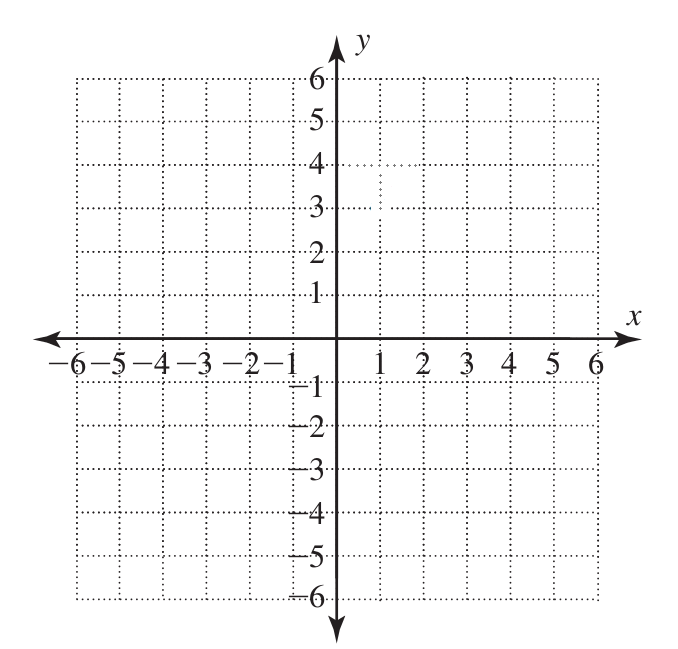Let's start with something "easy":
The square root of $x$ is a number such that when we square it we get $x$.
Example: $\sqrt{\frac{9}{4}}$ is a number such that when we square it we get $\frac{9}{4}.$
In general, $y=\sqrt{x}$ is (almost) the same as $y^2=x.$
A Little Bit Harder
The cube root of $x$ is a number such that when we cube it we get $x$.
Example $\sqrt[3]{-8}$ is a number such that when we cube it we get $-8$.
In general, $y=\sqrt[3]{x}$ is the same as $y^3=x.$
The Big Picture: General Radicals
The $n$th root of $x$ is a number such that when we raise it to the $n$th power we get $x$.
In general, $y=\sqrt[n]{x}$ is (ALMOST) the same as $y^n=x.$
Vocab: $n$ is called the index of the radical.
Example : $n=6$.
$\sqrt[6]{64}$ is a number such that when we raise it to the 6th power it we get $64$.
Examples: Evaluate the radical expressions.
$\sqrt{0.36}$
$-\sqrt[3]{0.064}$
$\sqrt[3]{64}+\sqrt[3]{-0.125}$
$\sqrt[4]{\frac{81}{16}}$
$\sqrt[6]{\frac{1}{64}}$
Function Families: we've already seen several function families.
$$ \begin{array}{lll} & & \mbox{Domain} \\ \mbox{Linear} & f(x)=mx+b & D=\mathbb{R} \\ \mbox{Quadratic} & f(x)=ax^2+bx+c & D=\mathbb{R} \\ \mbox{Absolute Value} & f(x)=a|x+b|+c & D=\mathbb{R} \\ \mbox{Rational} & f(x)=\frac{N(x)}{D(x)} & D=\mathbb{R} \backslash \{x|D(x)=0\} \\ \end{array} $$
Basic Square Root and Cube Root Functions $$f(x)=\sqrt{x} \,\,\,\,\,\,\,\,\,\,\,\,\,\,\,\,\,\ g(x)=\sqrt[3]{x}$$
Graphing Square Root and Cube Root Functions: use transformations.
Example: Graph $f(x)=\sqrt{x-2}+3$ and $g(x)=\sqrt[3]{x+1}-2$

Graphing Square Root and Cube Root Functions: use transformations.
Example: Write the formula for the function of each graph below.
Example: Given $f(x)=\sqrt{3−x},$ complete the table below, sketch a graph of $f(x),$ and determine the domain $D$ of $f(x).$ $$ \begin{array}{c|c} x & f(x) \\ \hline -6 & \\ \hline -1 & \\ \hline 2 & \\ \hline 3 & \\ \hline \end{array} $$ Question: How would we find the domain algebraically?
Example: Algebraically determine the domain $D$ of $$f(x)=\sqrt{7-4x}.$$
Example: Algebraically determine the domain $D$ of $$g(x)=\sqrt[3]{7x-3}.$$